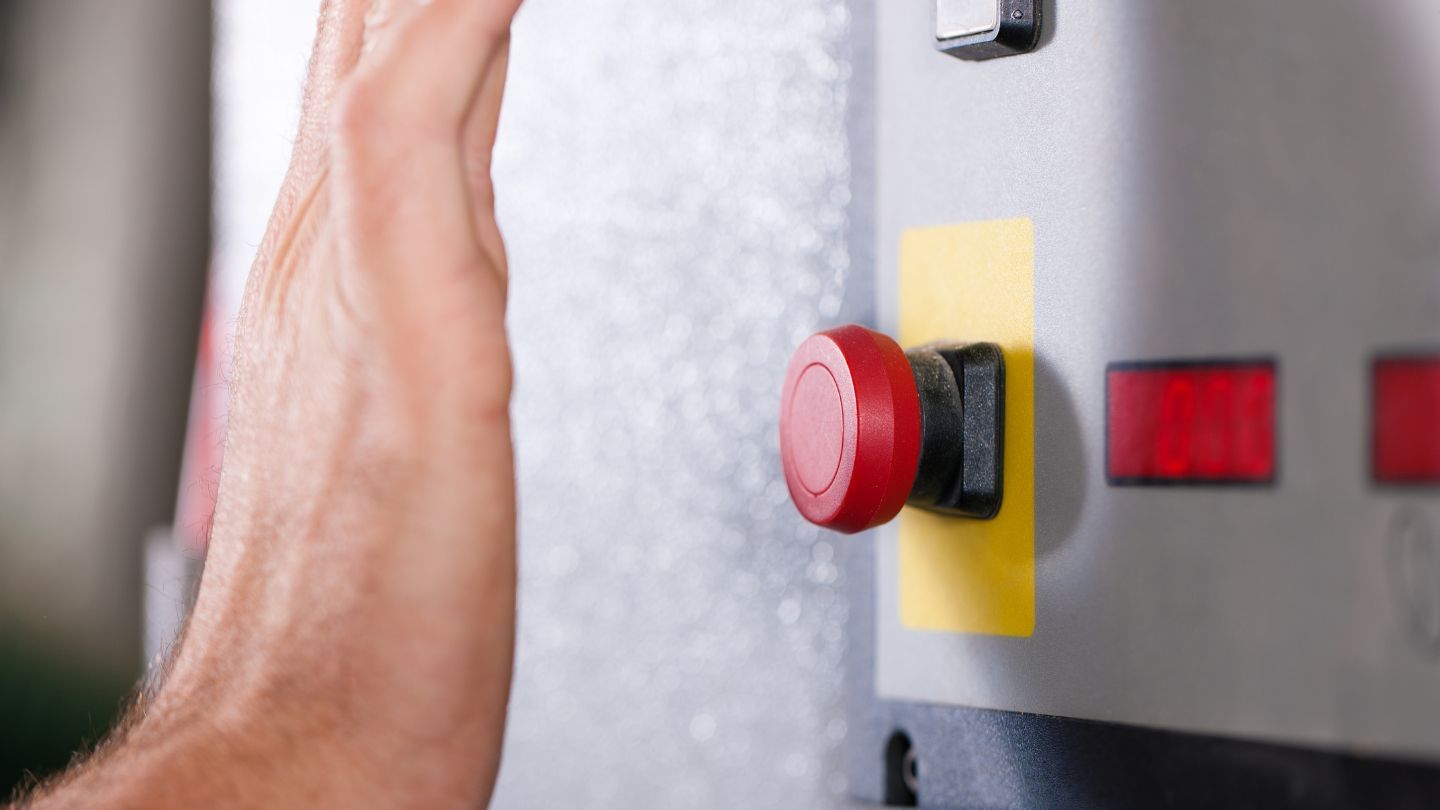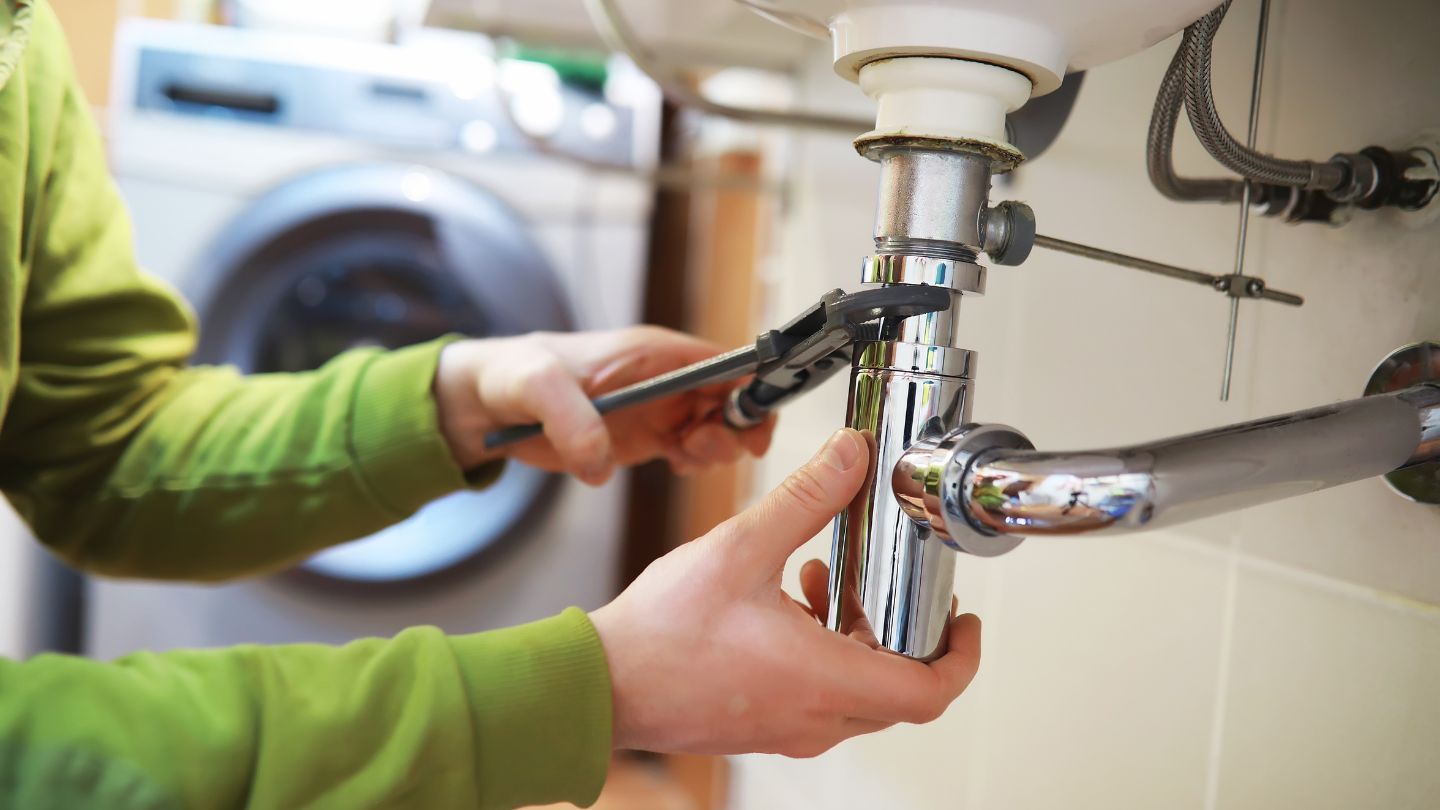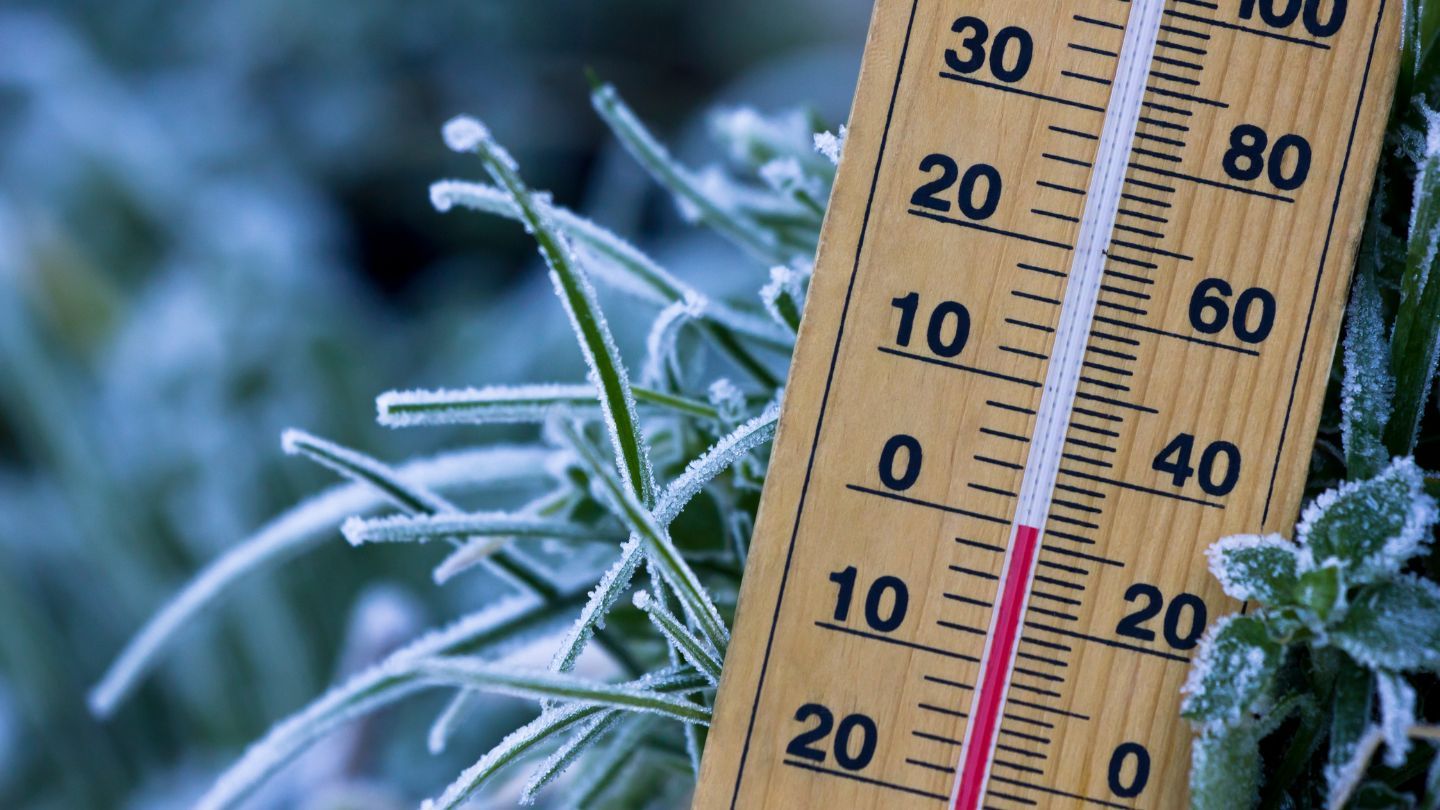How do you winterize plumbing
in a vacant house? To avoid burst pipes and costly water damage, it's essential
to take a few preventive steps. In this guide, you'll learn how to shut off the
water, drain your plumbing system, add antifreeze, and secure your house for
winter.
Key Takeaways
- Winterizing plumbing is crucial for vacant homes to prevent pipes from freezing, which can cause significant water damage and costly repairs.
- The process involves turning off the main water supply, draining the plumbing system, and adding non-toxic antifreeze to protect against freezing temperatures.
- Hiring professional plumbers for winterization ensures proper execution of techniques, reduces risks, and provides homeowners with peace of mind.
Understanding Winterization
Preparing the plumbing system
of a vacant house for cold weather involves detailed processes to safeguard
against freezing temperatures. This includes not just draining water from pipes
but also ensuring no residual moisture is left that could expand and cause
damage during freezing conditions. Such precautions are essential to prevent
costly repairs and maintain the structural integrity of your home.
Winterization isn't just about
stopping pipes from freezing; it's a proactive step to protect your investment.
A professional winterization service ensures thorough inspection and
preparation, safeguarding the property against unexpected plumbing failures
during the cold season.
What is Winterization?
Winterization in plumbing
refers to preparing the system to endure freezing temperatures by completely
removing water, applying non-toxic antifreeze, and sealing exposed areas.
Professional plumbers use advanced tools to thoroughly purge pipes of water, inspect
for vulnerable spots, and apply protective measures like pipe insulation.
This comprehensive approach
ensures that your plumbing system is not only protected against freezing but
also prepared to function without issues when the home becomes occupied again.
Professionals are equipped to address complex systems and prevent problems
often missed in DIY attempts.
Why Winterize Your Plumbing?
Neglecting to winterize
plumbing can result in catastrophic damage. Water that freezes inside pipes
expands, potentially causing cracks or bursts. In vacant homes, these issues
often go unnoticed until significant damage has occurred. Power outages during
a winter storm can worsen the problem by increasing the risk of freezing in
unprotected pipes.
Hiring professional plumbers
reduces the likelihood of such issues. Experts ensure your home's plumbing
system is fully prepared for winter by using specialized equipment and
techniques to drain the system, add antifreeze, and protect exposed areas. This
minimizes risks, saves you time, and provides peace of mind, knowing the job is
done right.
Shutting Off the Water Supply

Turning off the main water
supply is a critical first step in winterization. Professionals use this step
as part of a systematic approach to secure the plumbing system. They will
locate and shut off the main valve, verify the stoppage through thorough testing,
and ensure no residual water remains in critical areas.
Rather than tackling this step
yourself, rely on experienced plumbers to locate the valve and assess the
surrounding pipes for vulnerabilities. Their expertise ensures that no water
flow remains, preventing issues that often result from improperly executed
shut-offs.
Locate the Main Water Valve
The main water shut-off valve
is usually where the water lines enter the house, often in the basement or near
the water meter. It can also be in crawl spaces or near the house perimeter.
Identifying this valve is crucial for preventing winterization issues like
frozen pipes and costly repairs.
Before winterizing, locate the
main water valve to effectively shut off the water supply. It's often near the
home's foundation or in the basement, so identify its exact location first.
Shut Off the Water
Locate the main valve and
rotate it until it stops to disconnect the water supply. This will ensure that
no water is moving through your system, safeguarding against any residual water
inflicting harm throughout the winter months. To ensure the water flow has
ceased, verify by checking a faucet.
The importance of cutting off
your home's water supply during winterization cannot be overemphasized. This
critical measure shields your plumbing from freezing temperatures, which could
result in frozen pipes and subsequent expensive repairs.
Draining the Plumbing System
Professionals follow a
meticulous process to drain your plumbing system, ensuring no water remains in
pipes or fixtures. This involves opening all faucets, draining toilets and
water heaters, and using industry-grade air compressors to remove residual moisture.
Unlike DIY attempts, professional plumbers have the tools and training to
complete this step efficiently, avoiding the risk of incomplete drainage.
By entrusting this process to
professionals, you eliminate the guesswork and ensure that all areas of the
system are properly addressed, reducing the chance of frozen pipes and costly
repairs.
Open All Faucets
Begin by enumerating specific
disallowed variations of the phrase "all the faucets" as mandated by rule 5.
Proceed to activate every faucet to facilitate the exit of water, confirming
that the plumbing system is adequately drained. Initiate this process from the
highest floor and progress downward, not omitting any outdoor faucets.
Doing so leverages gravity's
assistance in evacuating water from within the plumbing network.
Drain Toilets and Water Heaters
To empty the toilet tank, flush
it once and then pour antifreeze into it to prevent freeze-related harm. For
safety measures, cut off gas or electricity before you begin draining your
water heater. Attach a hose to its drain valve and proceed with emptying all of
its contents according to the manufacturer's guidelines.
By evacuating any residual
water from both toilets and water heaters, you minimize the chances of
freezing, which could result in damage. Adhering to these procedures safeguards
your plumbing system during cold weather conditions.
Use an Air Compressor
Using an air compressor to blow
out water from pipes ensures all moisture is removed. The compressor forces
compressed air through the plumbing system, displacing any remaining water.
Connect it to the faucet or blow-out port and gradually increase air pressure
to expel water.
This method helps prevent
frozen pipes and potential water damage during winter.
Adding Antifreeze to Prevent Freezing

Adding antifreeze is a
technical process best handled by professionals. They use environmentally
friendly, biodegradable antifreeze specifically designed for plumbing systems
in homes, boats, and RVs. The antifreeze is strategically applied to toilet bowls,
tanks, sinks, and drains to protect against freezing.
Rather than attempting this
yourself, professional plumbers ensure precise application and prevent any
environmental or plumbing system harm. They calculate the correct amount needed
for each fixture, reducing waste and ensuring comprehensive protection.
Pour Antifreeze into Drains
Use non-toxic antifreeze for
winterization. Flush toilets and add antifreeze to prevent standing water from
freezing. Pour about 1/2 gallon of antifreeze into each drain, except toilets,
where it's added to the tank. An average house typically requires 15-20 gallons
of antifreeze.
Adding antifreeze to drains
ensures any remaining water in the plumbing system doesn't freeze and cause
damage, protecting your plumbing from cold weather.
Avoiding the Toilet
To prevent the use of
winterized toilets, tape them shut and post signs. Avoid using antifreeze in
toilets during winterization.
This helps to ensure that the
plumbing system is properly winterized and protected against freezing
temperatures.
Securing the House Against Cold Weather

Securing a home against winter
weather involves multiple steps that professionals are uniquely qualified to
handle. These include insulating exposed pipes, setting thermostats to the
optimal temperature, and sealing windows and doors. Professionals evaluate each
area of the home to identify and address potential vulnerabilities, such as
poorly insulated areas or gaps around pipes.
By hiring experts, you can
trust that your property will be protected not just from freezing but from
other risks, like heat loss and security concerns, during the winter months.
Insulate Exposed Pipes
Wrapping pipes in insulation
reduces the risk of freezing. Foam or fiberglass insulation can be used to insulate
outside pipes and those in unheated areas. Applying thermostat spray provides
additional insulation. Caulk or expanding foam can be used to seal gaps around
pipes, reducing heat loss.
Insulating exposed pipes
protects your plumbing from cold weather, especially in unheated areas like
basements, attics, and crawl spaces. Proper insulation keeps your plumbing
system in good condition throughout winter.
Set Thermostat and Interior Lights
During the cold winter months,
ensure your vacant home remains at a minimum temperature of 55 degrees
Fahrenheit to avoid freezing. Implement timers for interior lights to improve
security and give the illusion that someone is present.
Keeping a steady temperature,
coupled with tactically placed lighting, safeguards your residence against the
harshness of cold weather and discourages would-be burglars.
Seal Windows and Doors
Sealing doors and windows with
weather stripping is vital for preventing heat loss in cold weather and
ensuring that the house remains warm throughout winter.
By using weather stripping
effectively, you can preserve a cozy indoor climate even when the outdoor
temperatures drop, keeping your home comfortable during chilly conditions.
Conclusion
Protecting your home with
professional winterization services is the smartest way to prevent damage from
freezing temperatures. Expertly executed winterization safeguards your plumbing
system, ensuring it remains secure throughout the cold months. By addressing
potential risks proactively, you save yourself the stress and expense of
unexpected repairs.
For reliable plumbing near Acworth, trust A-Total Plumbing - An Ace Home
Services Company. Our experienced team is available 24/7 and provides top-notch
services backed by a lifetime warranty and a commitment to customer
satisfaction. We specialize in protecting your home and delivering peace of
mind during the harsh winter season. Contact us today to schedule your
professional winterization service and protect your home from the cold!
Frequently Asked Questions
1. Can winterizing plumbing in a vacant home help reduce
energy bills?
Yes, properly winterizing your
plumbing prevents heat loss and eliminates the need to keep the water system
active, which can contribute to lower energy costs during the winter.
2. How often should a vacant home be checked during winter
after winterization?
It's recommended to inspect the
home periodically, especially after extreme weather events, to ensure no
unexpected issues, like drafts or unnoticed freezing, have occurred.
3. What happens if plumbing isn't winterized properly?
Improper winterization can
leave residual water in pipes, leading to freezing, pipe bursts, and
significant water damage, which may require costly repairs.

